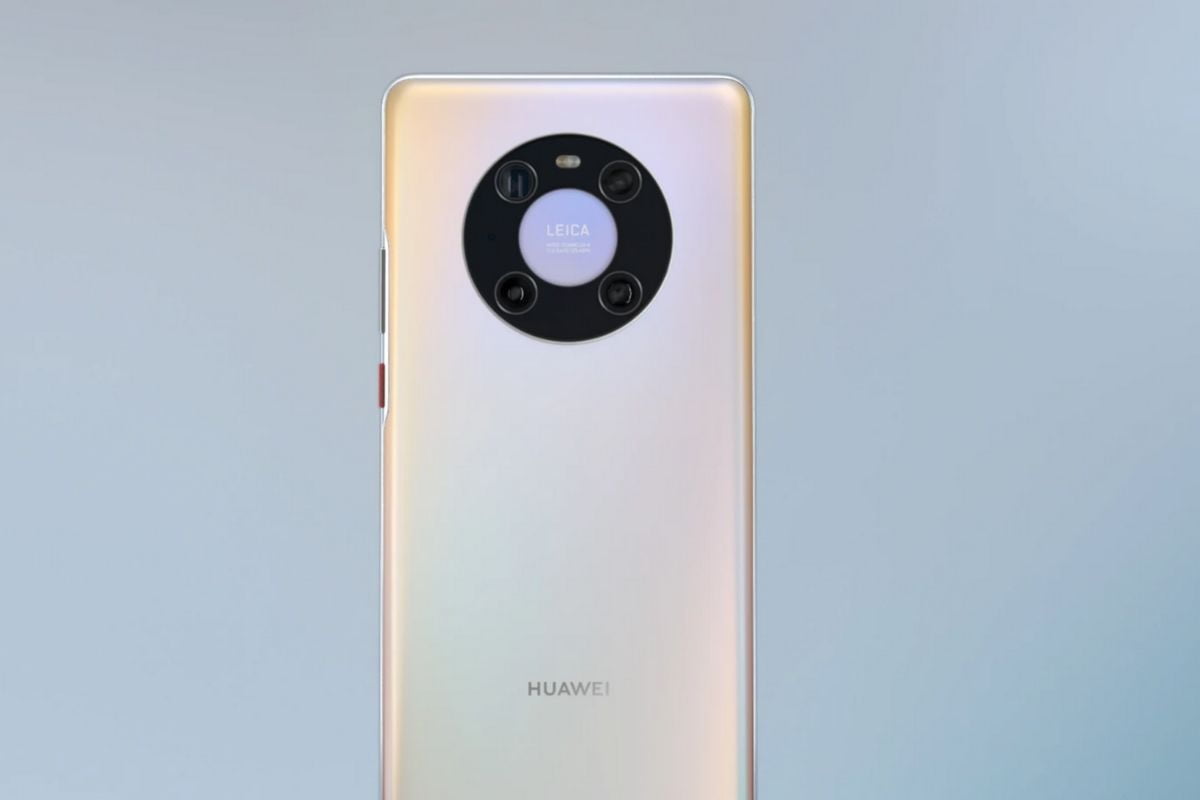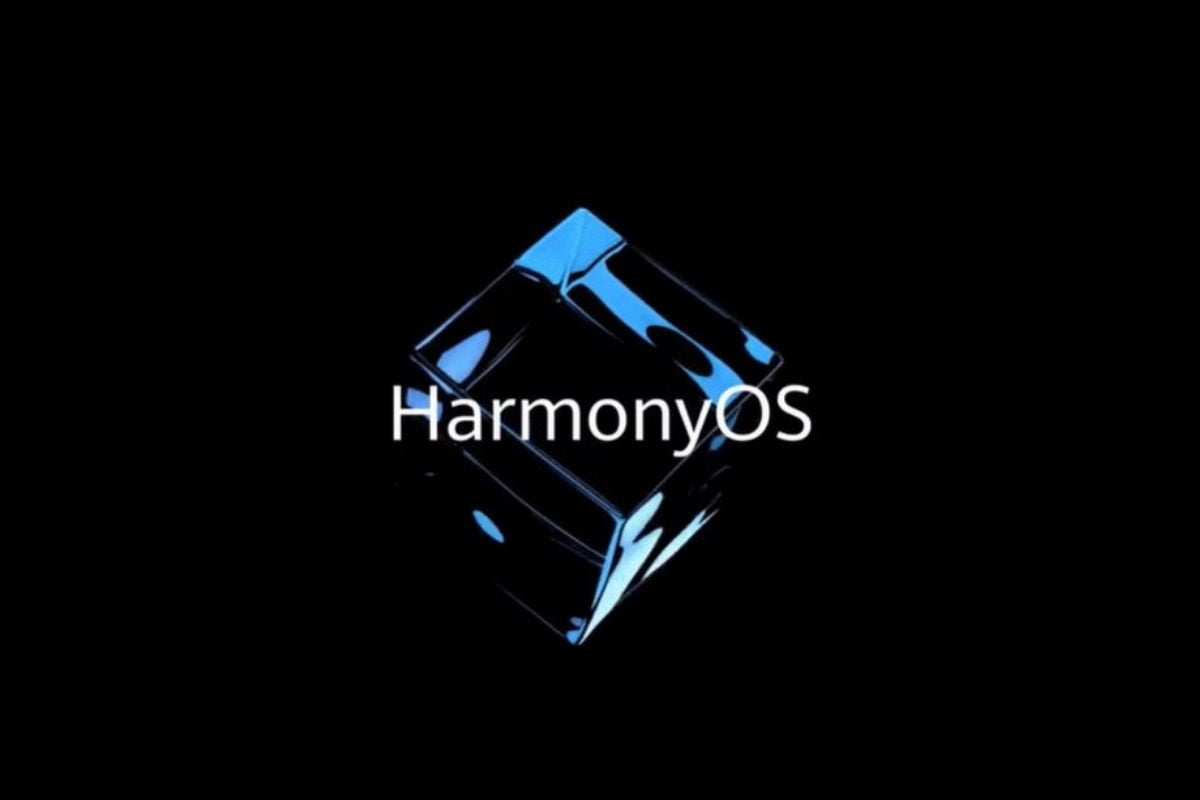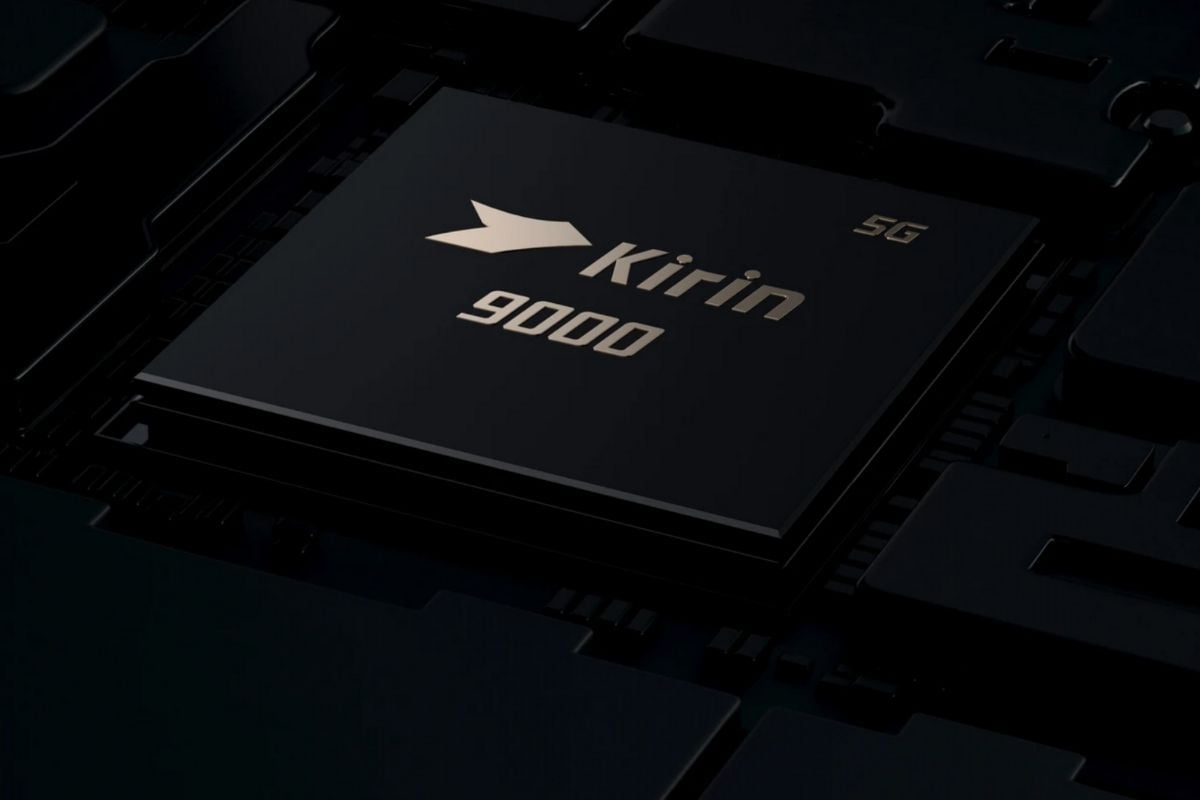Huawei is still stuck with the issues which originated from its US ban that also saw the company lose access to GMS based services. However, it has not deterred the Chinese company in its vision to become the most popular smartphone company, as it is still in high hopes regarding its own software, dubbed as ‘Harmony OS.’
What Do We Know About Harmony OS 2.0’s Release?
As of now, there is no such official confirmation in regards to this, but, according to tipster Digital Chat Station on the social platform Weibo (via GizChina), it has surfaced that the Huawei Mate 40 Pro 4G has received a certification, with the specifications being identical to the model launched last year. The key differentiator this time is that instead of EMUI, which is based on Android, the new device is listed to come with the Harmony OS 2.0. If this leak is indeed true, the device will be the first from the company to sport Harmony OS 2.0 out of the box. For the unaware, Huawei introduced Harmony OS 2.0 back in September of 2020 as part of the company’s Huawei Developer Conference, better known as HDC in China. During that period, reports cited the CEO of Consumer business Richard Yu said that Huawei was ready with Harmony OS but was unable to launch a product sporting the UI due to an agreement that was signed between Huawei and Google. According to the firm, the UI is meant to integrate several devices with key aspects such as resource sharing, capability collaboration and faster connection.
In terms of the previously mentioned Huawei Mate 40 Pro (4G), the handset retains the specifications seen on the 2020 model. These include a 6.76-inch FHD+ OLED panel with a refresh rate of 90Hz and a touch sampling rate of 240Hz. Towards the rear, the device sported a circular rear camera setup that sported five different sensors in a module that set the device apart from its competition. The sensors that were part of this setup include a primary 50MP sensor alongside a 20MP ultra-wide sensor, a 5x periscope lens that has a resolution of 12MP with 10x hybrid zoom. Performance is also a matter that is of no worry, with the device running on the Kirin 9000 chip, paired with 12 GB of RAM and a 4,400 mAh battery.


